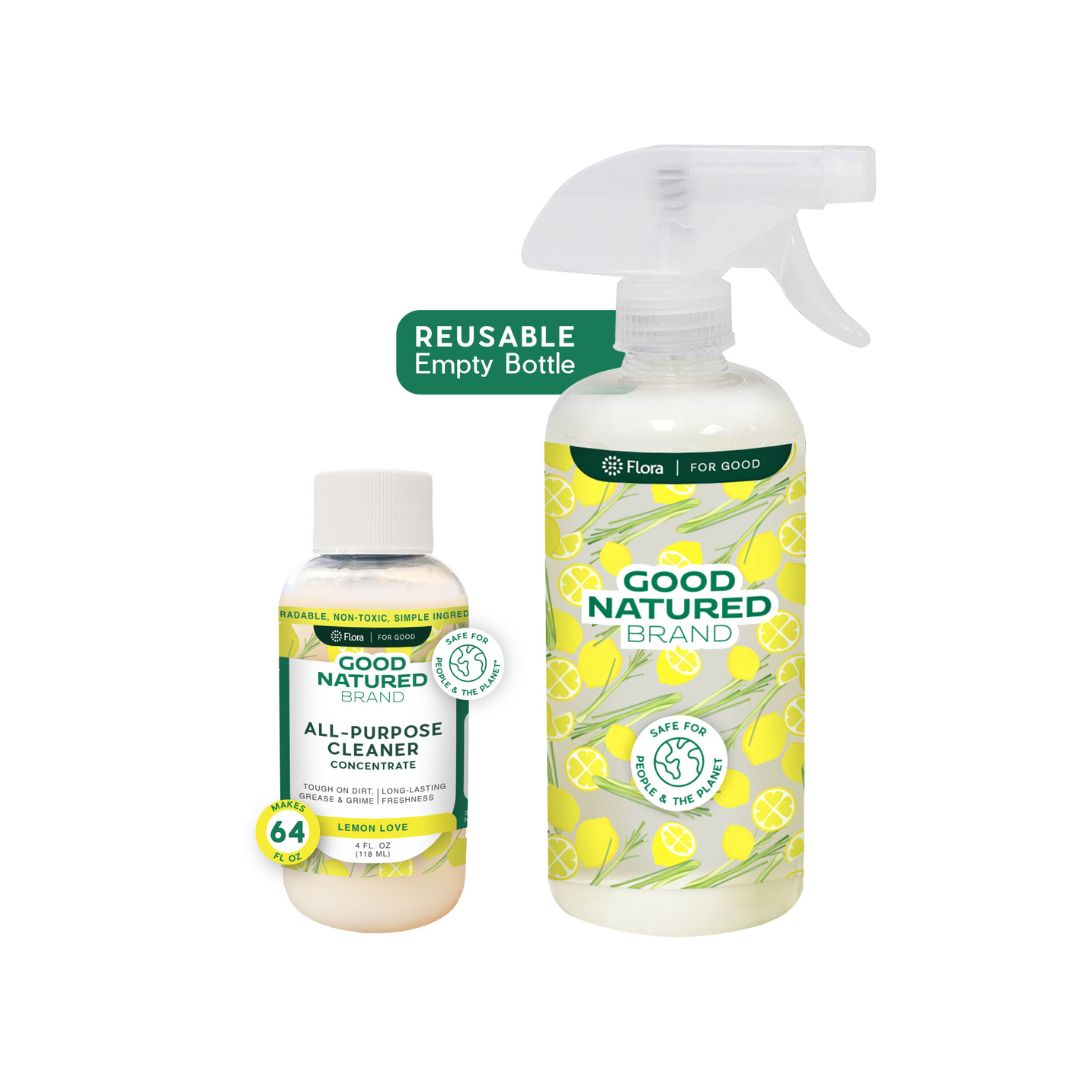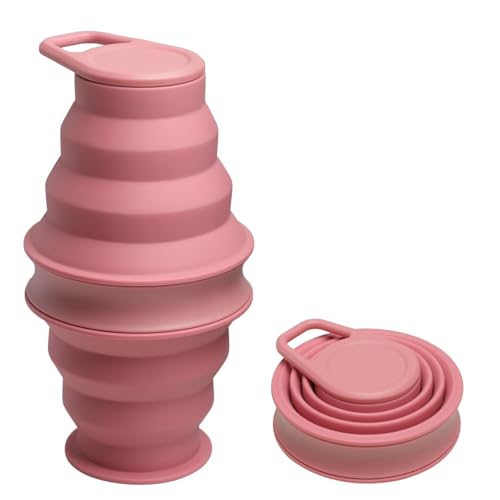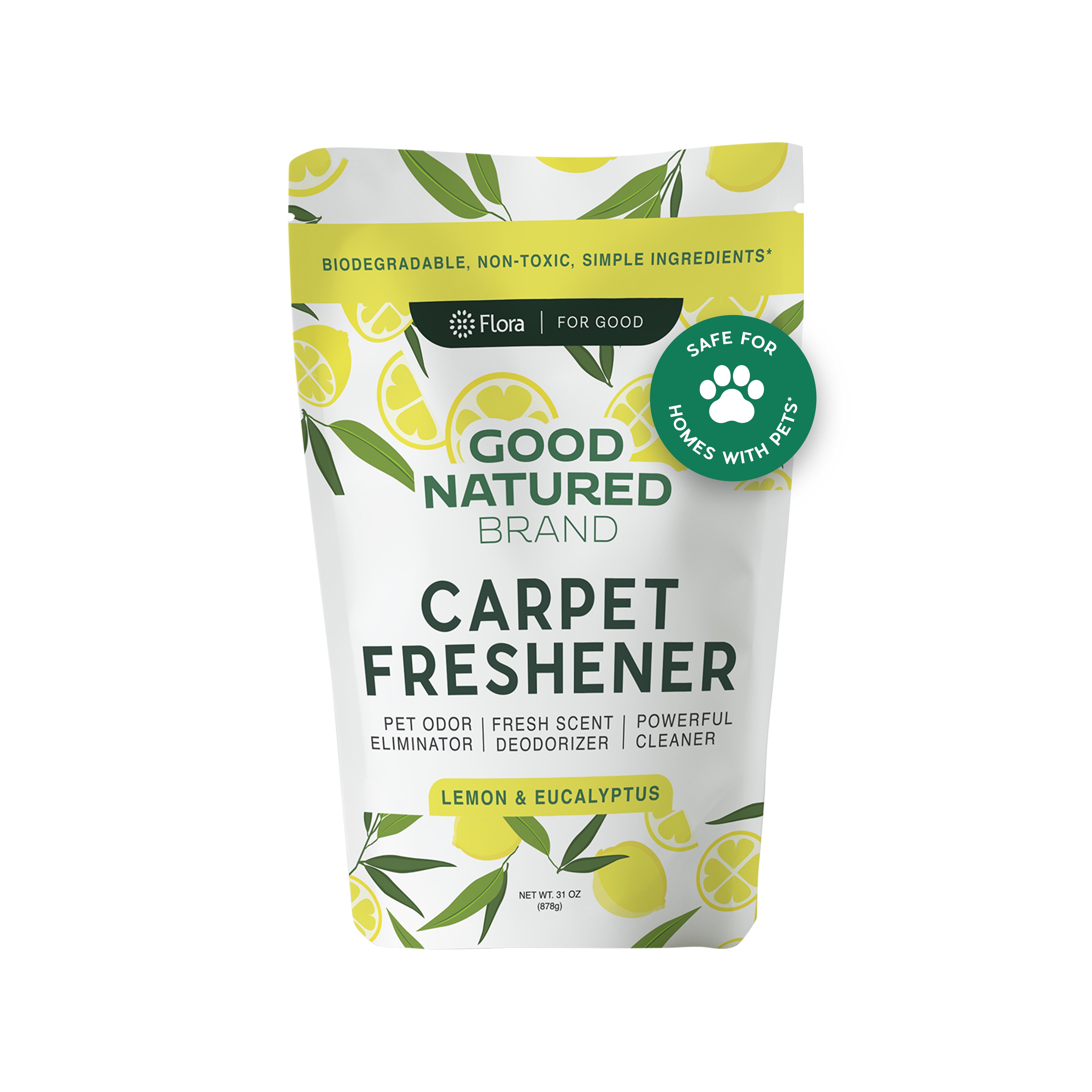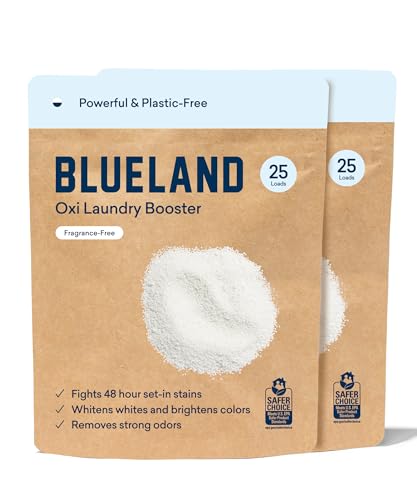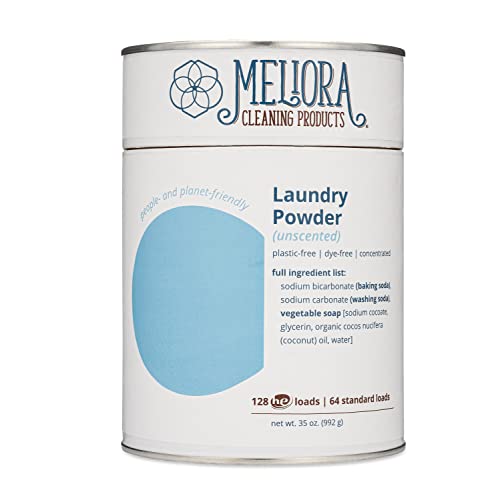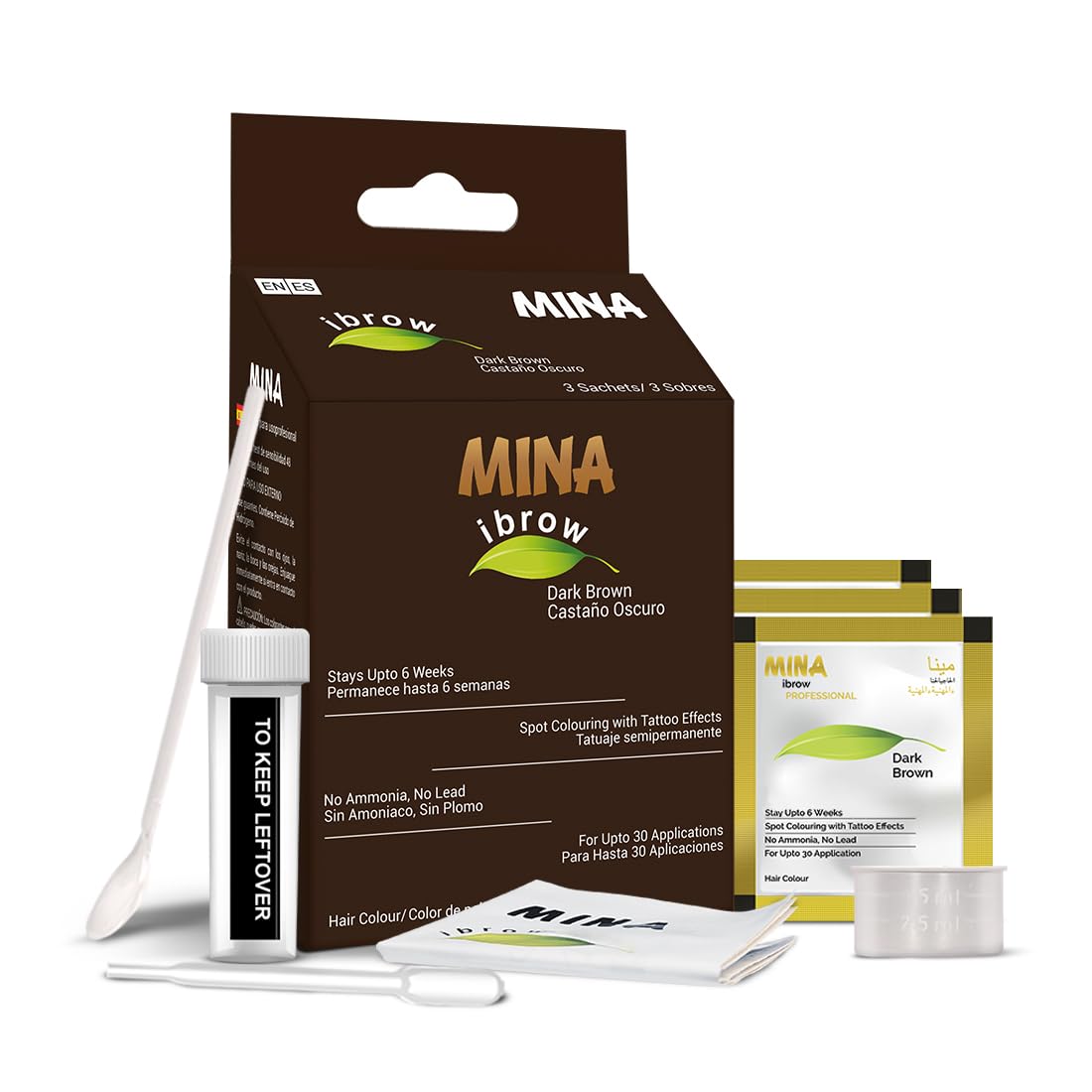






MinaiBrow Dark Brown Tint Kit - Natural Spot Coloring, 100% Gray Coverage, Vegan - 30 Applications


Resorcinol
High RiskResorcinol is a common ingredient found in hair color and bleaching products. It functions primarily as a dye intermediate and a reducing agent, facilitating the development of color in hair treatments. Its use is characterized by specific safety and regulatory considerations.
Sustai Insights
Resorcinol serves effectively as a dye intermediate in hair coloring, contributing to vibrant color outcomes. However, it is associated with moderate allergy and immunotoxicity risks, and its absorption through the skin can enhance these risks. Environmental concerns include its potential as a pollutant, with a high regulatory status indicating significant restrictions on use. The International Agency for Research on Cancer classifies it as a low carcinogenic concern. Due to these factors, the overall risk level is high, necessitating cautious usage practices and consideration of safer alternatives.
P Aminophenol
High Riskp-Aminophenol is a synthetic dye primarily used in hair coloring products. It functions as a colorant by undergoing oxidation to form pigments that impart color to hair. This ingredient is also found in some cosmetic formulations due to its ability to enhance color intensity.
Sustai Insights
p-Aminophenol serves effectively as a hair dye, promoting vibrant color results. However, it poses health risks, including moderate allergic reactions and potential skin irritation, with regulatory warnings indicating high restrictions on use. Environmental concerns include its classification as a pollutant and possible bioaccumulation. Overall, the risk level associated with p-aminophenol is high, and users should consider safer alternatives for hair coloring.
P Phenylenediamine
High RiskP-phenylenediamine is an ingredient widely used in hair dyes and some cosmetics for its role as a colorant. It functions as an intermediate in the synthesis of azo dyes, providing a range of shades in formulations.
Sustai Insights
P-phenylenediamine offers effective coloring properties in hair dyes; however, it presents significant health risks, particularly high allergenic potential and skin irritation. Although its carcinogenicity is considered low to moderate, regulatory bodies have imposed restrictions due to its potential for enhanced skin absorption and allergic reactions. Environmental concerns include its pollutant potential. Overall, the risk level is high, and safe usage practices should be followed, with consideration for alternatives like natural dyes.
Sodium Carbonate Peroxide
High RiskSodium carbonate peroxide is an inorganic salt commonly used as a bleaching agent and oxidizer in various cleaning and laundry products.
Sustai Insights
Sodium carbonate peroxide serves effectively as a bleaching and cleaning agent, contributing to product efficacy. However, it poses health risks such as skin and eye irritation, with regulatory restrictions on use due to its potential hazards. Its environmental impact may include being a pollutant, while it is not classified as a bioaccumulative agent. Overall, the risk level associated with sodium carbonate peroxide is high, necessitating careful usage and consideration of safer alternatives.
M Aminophenol Sulfate
High RiskM-aminophenol sulfate is an amine salt commonly used in personal care products. It functions primarily as a hair dye intermediate, contributing to the coloration process in various formulations.
Sustai Insights
M-aminophenol sulfate serves effectively as a hair dye intermediate, enhancing color development. However, it carries health risks such as moderate concerns regarding carcinogenicity and low risks of irritation and allergies. Regulatory bodies have imposed usage restrictions due to potential skin absorption issues. Environmental risks include possible pollution and bioaccumulation. Overall, the risk level is assessed as high, necessitating careful usage and consideration of safer alternatives.
Toluene
High RiskToluene is a volatile petrochemical solvent commonly used in paints, coatings, and adhesives as a thinner and effective solvent. It is recognized for its ability to dissolve various substances, making it valuable in industrial and cosmetic applications.
Sustai Insights
Toluene serves as an effective solvent in various formulations; however, it poses health risks such as moderate concerns regarding developmental toxicity and low allergenic potential. Environmentally, toluene is a pollutant with bioaccumulative properties. Regulatory bodies have issued restrictions on its use, reflecting a high risk level overall. Safe usage practices are essential, and alternatives such as water-based solvents may offer safer options.
M Aminophenol
High RiskM-aminophenol is a synthetic dye used primarily in hair coloring products. It functions as a colorant, providing various shades and is known for its ability to enhance color stability and intensity.
Sustai Insights
M-aminophenol offers effective coloring properties in hair dyes, but it raises significant health concerns, including a high allergenic potential and enhanced skin absorption, which can lead to irritation. Regulatory bodies have imposed strict usage restrictions due to these risks. It is associated with low to moderate risks of cancer and low risk for developmental toxicity. Environmental concerns include its potential as a pollutant. Overall, it presents a high risk level, prompting consideration of safer alternatives.
1 Naphthol
High Risk1-Naphthol is a petroleum-derived compound primarily used in hair coloring products. It functions as a dye intermediate, facilitating color development in various formulations.
Sustai Insights
1-Naphthol provides effective color development in hair dyes but is associated with moderate health risks, including allergenic potential and enhanced skin absorption. It poses environmental concerns as a pollutant, with potential bioaccumulation. Regulatory bodies have issued warnings, leading to high usage restrictions. Overall, it is assessed as high risk, necessitating caution in its application and consideration of safer alternatives.
Citric Acid
Medium RiskCitric acid is an alpha hydroxy acid used in personal care products primarily for its role as a pH adjuster and natural preservative. It occurs naturally in citrus fruits and is commonly utilized in various formulations for its chelating properties and mild exfoliation benefits.
Sustai Insights
Citric acid offers functional benefits as an effective preservative and pH stabilizer, contributing to product longevity and stability. It is biodegradable and derived from renewable sources. Health risks are low, with minimal concerns regarding carcinogenicity, allergies, and reproductive toxicity. However, moderate use restrictions exist due to potential irritation at high concentrations. Environmental risks are limited, as citric acid is not known to accumulate in ecosystems. Regulatory agencies have no significant advisories against its use. Overall, it is assessed as a medium-risk ingredient, with safe usage practices recommended and alternatives available.
Aloe Barbadensis Leaf Powder
Low RiskAloe Barbadensis Leaf Powder is derived from the leaves of the aloe vera plant. It is commonly used in cosmetic formulations for its potential soothing and moisturizing properties. The powder form allows for easy incorporation into various products, including creams, lotions, and serums.
Sustai Insights
Aloe Barbadensis Leaf Powder offers functional benefits such as skin hydration and soothing effects, making it a popular ingredient in skincare. It is sustainably sourced and biodegradable. Health risks are low, with minimal concerns for carcinogenicity, allergies, or reproductive toxicity. Environmental impacts are negligible, with no significant pollution or bioaccumulation noted. Regulatory bodies have not imposed significant restrictions, confirming its safe use. Overall, it is assessed as low risk, suitable for most applications without major concerns.
Sand
Low RiskSand is loose, granular particles of worn or disintegrated rock, primarily composed of silica. It is commonly used as an abrasive, filler, or in construction and landscaping for its structural properties.
Sustai Insights
Sand offers functional benefits such as providing bulk and texture in various products, and it is generally considered to have low health risks, with minimal concerns regarding carcinogenicity, allergies, or reproductive toxicity. Environmentally, sand does not contribute significantly to pollution and is not bioaccumulative. Regulatory bodies do not impose restrictions on sand usage, maintaining its low-risk status. Safe usage practices should be followed to avoid inhalation of fine particles. Overall, sand is a low-risk ingredient with no notable negative impacts.
Simmondsia Chinensis (Jojoba)
Low RiskSimmondsia chinensis, commonly known as jojoba, is an oil derived from the seeds of the jojoba plant. It is commonly used in cosmetic formulations for its moisturizing properties, acting as an emollient and skin conditioning agent.
Sustai Insights
Jojoba oil offers functional benefits such as effective skin moisturization and is biodegradable, with sustainable sourcing practices. Health risks are low, with minimal concerns regarding carcinogenicity, allergies, and reproductive toxicity. Environmental impact is negligible, with no pollutant or bioaccumulation potential. Regulatory status is favorable with no significant restrictions noted. Overall, it is assessed as low risk, and safe usage practices should be maintained. Alternatives include other plant-derived oils like argan or almond oil, which may provide similar benefits.
Sodium Lauryl Sulfate
Low RiskSodium lauryl sulfate is the sodium salt of lauryl sulfuric acid, commonly used as a surfactant in various personal care and cleaning products. It functions primarily to create lather and reduce surface tension, facilitating the distribution of other ingredients.
Sustai Insights
Sodium lauryl sulfate effectively serves as a surfactant, enhancing product performance in cleansing formulations. It is generally considered to have low health risks, with minimal concerns regarding carcinogenicity, allergy, or reproductive toxicity. Environmental impact is also low, as it is not classified as a bioaccumulative pollutant. Regulatory bodies, including the FDA, impose no significant restrictions on its use. Safe usage practices should still be observed to minimize skin irritation. Overall, sodium lauryl sulfate is assessed as low risk, with alternatives like sodium coco sulfate available for those seeking more sustainable options.
Carboxylmethylcellulose Sodium
Low RiskCarboxymethylcellulose sodium is a sodium salt derived from cellulose, commonly used as a thickener, stabilizer, or emulsifier in various products. It is soluble in water and forms a gel-like consistency, making it effective in food, cosmetics, and pharmaceutical formulations.
Sustai Insights
Carboxymethylcellulose sodium offers functional benefits as a thickening agent and stabilizer, contributing to product texture and consistency. It is generally recognized as safe, with low health risks, including no significant concerns for carcinogenicity or allergies. Environmentally, it poses minimal risks, with no bioaccumulation noted. Regulatory bodies do not impose restrictions on its use, affirming its safety. Overall, the risk level is assessed as low, making it a viable option for formulation. Safe usage practices should be observed, and alternatives like guar gum may be considered for those seeking plant-based options.
Picramic Acid
Low RiskPicramic acid is a substituted phenolic compound commonly used in various cosmetic formulations. It is known for its enhanced skin absorption properties, which may impact its application in personal care products.
Sustai Insights
Picramic acid offers functional benefits primarily as a skin-conditioning agent; however, it has low associated health risks such as carcinogenicity, allergenic potential, and developmental toxicity. Environmental concerns are minimal, with no significant pollutant or bioaccumulation risks reported. Regulatory status indicates restrictions on its use in certain products. Overall, the risk level is assessed as low, with safe usage practices advised. Alternatives may include other skin-conditioning agents that do not carry the same restrictions.
Magnesium Sulfate
Low RiskMagnesium sulfate (Epsom salt) is an inorganic compound commonly used in various products for its properties as a drying agent, electrolyte, and muscle relaxant. It is often included in bath salts and personal care formulations to provide soothing effects.
Sustai Insights
Magnesium sulfate is effective as a muscle relaxant and is considered biodegradable, making it a sustainable choice. Health risks are minimal, with low concerns for carcinogenicity, allergenic potential, or reproductive toxicity. Environmental risks are also low, as it does not contribute significantly to pollution or bioaccumulation. Regulatory bodies have not issued significant warnings. Overall, the ingredient is assessed as low risk, with safe usage practices recommended, and it has few documented alternatives.
Resorcinol
High RiskResorcinol is a common ingredient found in hair color and bleaching products. It functions primarily as a dye intermediate and a reducing agent, facilitating the development of color in hair treatments. Its use is characterized by specific safety and regulatory considerations.
Sustai Insights
Resorcinol serves effectively as a dye intermediate in hair coloring, contributing to vibrant color outcomes. However, it is associated with moderate allergy and immunotoxicity risks, and its absorption through the skin can enhance these risks. Environmental concerns include its potential as a pollutant, with a high regulatory status indicating significant restrictions on use. The International Agency for Research on Cancer classifies it as a low carcinogenic concern. Due to these factors, the overall risk level is high, necessitating cautious usage practices and consideration of safer alternatives.
P Aminophenol
High Riskp-Aminophenol is a synthetic dye primarily used in hair coloring products. It functions as a colorant by undergoing oxidation to form pigments that impart color to hair. This ingredient is also found in some cosmetic formulations due to its ability to enhance color intensity.
Sustai Insights
p-Aminophenol serves effectively as a hair dye, promoting vibrant color results. However, it poses health risks, including moderate allergic reactions and potential skin irritation, with regulatory warnings indicating high restrictions on use. Environmental concerns include its classification as a pollutant and possible bioaccumulation. Overall, the risk level associated with p-aminophenol is high, and users should consider safer alternatives for hair coloring.
Aloe Barbadensis Leaf Powder
Low RiskAloe Barbadensis Leaf Powder is derived from the leaves of the aloe vera plant. It is commonly used in cosmetic formulations for its potential soothing and moisturizing properties. The powder form allows for easy incorporation into various products, including creams, lotions, and serums.
Sustai Insights
Aloe Barbadensis Leaf Powder offers functional benefits such as skin hydration and soothing effects, making it a popular ingredient in skincare. It is sustainably sourced and biodegradable. Health risks are low, with minimal concerns for carcinogenicity, allergies, or reproductive toxicity. Environmental impacts are negligible, with no significant pollution or bioaccumulation noted. Regulatory bodies have not imposed significant restrictions, confirming its safe use. Overall, it is assessed as low risk, suitable for most applications without major concerns.
P Phenylenediamine
High RiskP-phenylenediamine is an ingredient widely used in hair dyes and some cosmetics for its role as a colorant. It functions as an intermediate in the synthesis of azo dyes, providing a range of shades in formulations.
Sustai Insights
P-phenylenediamine offers effective coloring properties in hair dyes; however, it presents significant health risks, particularly high allergenic potential and skin irritation. Although its carcinogenicity is considered low to moderate, regulatory bodies have imposed restrictions due to its potential for enhanced skin absorption and allergic reactions. Environmental concerns include its pollutant potential. Overall, the risk level is high, and safe usage practices should be followed, with consideration for alternatives like natural dyes.
Sand
Low RiskSand is loose, granular particles of worn or disintegrated rock, primarily composed of silica. It is commonly used as an abrasive, filler, or in construction and landscaping for its structural properties.
Sustai Insights
Sand offers functional benefits such as providing bulk and texture in various products, and it is generally considered to have low health risks, with minimal concerns regarding carcinogenicity, allergies, or reproductive toxicity. Environmentally, sand does not contribute significantly to pollution and is not bioaccumulative. Regulatory bodies do not impose restrictions on sand usage, maintaining its low-risk status. Safe usage practices should be followed to avoid inhalation of fine particles. Overall, sand is a low-risk ingredient with no notable negative impacts.
Sodium Carbonate Peroxide
High RiskSodium carbonate peroxide is an inorganic salt commonly used as a bleaching agent and oxidizer in various cleaning and laundry products.
Sustai Insights
Sodium carbonate peroxide serves effectively as a bleaching and cleaning agent, contributing to product efficacy. However, it poses health risks such as skin and eye irritation, with regulatory restrictions on use due to its potential hazards. Its environmental impact may include being a pollutant, while it is not classified as a bioaccumulative agent. Overall, the risk level associated with sodium carbonate peroxide is high, necessitating careful usage and consideration of safer alternatives.
M Aminophenol Sulfate
High RiskM-aminophenol sulfate is an amine salt commonly used in personal care products. It functions primarily as a hair dye intermediate, contributing to the coloration process in various formulations.
Sustai Insights
M-aminophenol sulfate serves effectively as a hair dye intermediate, enhancing color development. However, it carries health risks such as moderate concerns regarding carcinogenicity and low risks of irritation and allergies. Regulatory bodies have imposed usage restrictions due to potential skin absorption issues. Environmental risks include possible pollution and bioaccumulation. Overall, the risk level is assessed as high, necessitating careful usage and consideration of safer alternatives.
Simmondsia Chinensis (Jojoba)
Low RiskSimmondsia chinensis, commonly known as jojoba, is an oil derived from the seeds of the jojoba plant. It is commonly used in cosmetic formulations for its moisturizing properties, acting as an emollient and skin conditioning agent.
Sustai Insights
Jojoba oil offers functional benefits such as effective skin moisturization and is biodegradable, with sustainable sourcing practices. Health risks are low, with minimal concerns regarding carcinogenicity, allergies, and reproductive toxicity. Environmental impact is negligible, with no pollutant or bioaccumulation potential. Regulatory status is favorable with no significant restrictions noted. Overall, it is assessed as low risk, and safe usage practices should be maintained. Alternatives include other plant-derived oils like argan or almond oil, which may provide similar benefits.
Sodium Lauryl Sulfate
Low RiskSodium lauryl sulfate is the sodium salt of lauryl sulfuric acid, commonly used as a surfactant in various personal care and cleaning products. It functions primarily to create lather and reduce surface tension, facilitating the distribution of other ingredients.
Sustai Insights
Sodium lauryl sulfate effectively serves as a surfactant, enhancing product performance in cleansing formulations. It is generally considered to have low health risks, with minimal concerns regarding carcinogenicity, allergy, or reproductive toxicity. Environmental impact is also low, as it is not classified as a bioaccumulative pollutant. Regulatory bodies, including the FDA, impose no significant restrictions on its use. Safe usage practices should still be observed to minimize skin irritation. Overall, sodium lauryl sulfate is assessed as low risk, with alternatives like sodium coco sulfate available for those seeking more sustainable options.
Carboxylmethylcellulose Sodium
Low RiskCarboxymethylcellulose sodium is a sodium salt derived from cellulose, commonly used as a thickener, stabilizer, or emulsifier in various products. It is soluble in water and forms a gel-like consistency, making it effective in food, cosmetics, and pharmaceutical formulations.
Sustai Insights
Carboxymethylcellulose sodium offers functional benefits as a thickening agent and stabilizer, contributing to product texture and consistency. It is generally recognized as safe, with low health risks, including no significant concerns for carcinogenicity or allergies. Environmentally, it poses minimal risks, with no bioaccumulation noted. Regulatory bodies do not impose restrictions on its use, affirming its safety. Overall, the risk level is assessed as low, making it a viable option for formulation. Safe usage practices should be observed, and alternatives like guar gum may be considered for those seeking plant-based options.
Toluene
High RiskToluene is a volatile petrochemical solvent commonly used in paints, coatings, and adhesives as a thinner and effective solvent. It is recognized for its ability to dissolve various substances, making it valuable in industrial and cosmetic applications.
Sustai Insights
Toluene serves as an effective solvent in various formulations; however, it poses health risks such as moderate concerns regarding developmental toxicity and low allergenic potential. Environmentally, toluene is a pollutant with bioaccumulative properties. Regulatory bodies have issued restrictions on its use, reflecting a high risk level overall. Safe usage practices are essential, and alternatives such as water-based solvents may offer safer options.
M Aminophenol
High RiskM-aminophenol is a synthetic dye used primarily in hair coloring products. It functions as a colorant, providing various shades and is known for its ability to enhance color stability and intensity.
Sustai Insights
M-aminophenol offers effective coloring properties in hair dyes, but it raises significant health concerns, including a high allergenic potential and enhanced skin absorption, which can lead to irritation. Regulatory bodies have imposed strict usage restrictions due to these risks. It is associated with low to moderate risks of cancer and low risk for developmental toxicity. Environmental concerns include its potential as a pollutant. Overall, it presents a high risk level, prompting consideration of safer alternatives.
Citric Acid
Medium RiskCitric acid is an alpha hydroxy acid used in personal care products primarily for its role as a pH adjuster and natural preservative. It occurs naturally in citrus fruits and is commonly utilized in various formulations for its chelating properties and mild exfoliation benefits.
Sustai Insights
Citric acid offers functional benefits as an effective preservative and pH stabilizer, contributing to product longevity and stability. It is biodegradable and derived from renewable sources. Health risks are low, with minimal concerns regarding carcinogenicity, allergies, and reproductive toxicity. However, moderate use restrictions exist due to potential irritation at high concentrations. Environmental risks are limited, as citric acid is not known to accumulate in ecosystems. Regulatory agencies have no significant advisories against its use. Overall, it is assessed as a medium-risk ingredient, with safe usage practices recommended and alternatives available.
Picramic Acid
Low RiskPicramic acid is a substituted phenolic compound commonly used in various cosmetic formulations. It is known for its enhanced skin absorption properties, which may impact its application in personal care products.
Sustai Insights
Picramic acid offers functional benefits primarily as a skin-conditioning agent; however, it has low associated health risks such as carcinogenicity, allergenic potential, and developmental toxicity. Environmental concerns are minimal, with no significant pollutant or bioaccumulation risks reported. Regulatory status indicates restrictions on its use in certain products. Overall, the risk level is assessed as low, with safe usage practices advised. Alternatives may include other skin-conditioning agents that do not carry the same restrictions.
1 Naphthol
High Risk1-Naphthol is a petroleum-derived compound primarily used in hair coloring products. It functions as a dye intermediate, facilitating color development in various formulations.
Sustai Insights
1-Naphthol provides effective color development in hair dyes but is associated with moderate health risks, including allergenic potential and enhanced skin absorption. It poses environmental concerns as a pollutant, with potential bioaccumulation. Regulatory bodies have issued warnings, leading to high usage restrictions. Overall, it is assessed as high risk, necessitating caution in its application and consideration of safer alternatives.
Magnesium Sulfate
Low RiskMagnesium sulfate (Epsom salt) is an inorganic compound commonly used in various products for its properties as a drying agent, electrolyte, and muscle relaxant. It is often included in bath salts and personal care formulations to provide soothing effects.
Sustai Insights
Magnesium sulfate is effective as a muscle relaxant and is considered biodegradable, making it a sustainable choice. Health risks are minimal, with low concerns for carcinogenicity, allergenic potential, or reproductive toxicity. Environmental risks are also low, as it does not contribute significantly to pollution or bioaccumulation. Regulatory bodies have not issued significant warnings. Overall, the ingredient is assessed as low risk, with safe usage practices recommended, and it has few documented alternatives.
Discover the MinaiBrow Dark Brown Tint Kit, a revolutionary brow dye that combines natural ingredients with powerful performance. Perfect for those seeking vibrant color without compromising hair health, this kit offers an eco-friendly alternative to traditional chemical dyes.
- Natural Care: Crafted with plant-based ingredients like Cassia Obovata Leaf Powder and Aloe Vera, this formula colors while nourishing brows, ensuring they stay healthy and hydrated.
- Chemical-Free: Free from ammonia and lead, this tint provides a safer option for sensitive skin, reducing the risk of irritation often associated with synthetic dyes.
- Long-Lasting Results: Enjoy rich, fade-resistant color that lasts up to 30 applications, making it a cost-effective choice for maintaining gorgeous brows.
- Easy Application: The kit includes all necessary tools for simple spot coloring, allowing users to achieve a professional look at home effortlessly.
- Vegan & Cruelty-Free: Committed to ethical practices, this product is never tested on animals and is made with vegan-friendly ingredients, supporting a sustainable lifestyle.
Subscribe & Save with Sustai
- Best Price Guarantee: Always enjoy the lowest prices on sustainable home essentials.
- No Surprises: We’ll notify you before shipping. No hidden fees, ever.
- You’re in Charge: Change, pause, or cancel your subscription anytime with ease.
- Eco-Friendly Deliveries: Our grouped shipments mean less packaging and lower emissions.
Join us on a sustainable journey. Special offers for a limited time! Prices and promotions may change.
Recommended Products
Discover the MinaiBrow Dark Brown Tint Kit, a revolutionary brow dye that combines natural ingredients with powerful performance. Perfect for those seeking vibrant color without compromising hair health, this kit offers an eco-friendly alternative to traditional chemical dyes.
- Natural Care: Crafted with plant-based ingredients like Cassia Obovata Leaf Powder and Aloe Vera, this formula colors while nourishing brows, ensuring they stay healthy and hydrated.
- Chemical-Free: Free from ammonia and lead, this tint provides a safer option for sensitive skin, reducing the risk of irritation often associated with synthetic dyes.
- Long-Lasting Results: Enjoy rich, fade-resistant color that lasts up to 30 applications, making it a cost-effective choice for maintaining gorgeous brows.
- Easy Application: The kit includes all necessary tools for simple spot coloring, allowing users to achieve a professional look at home effortlessly.
- Vegan & Cruelty-Free: Committed to ethical practices, this product is never tested on animals and is made with vegan-friendly ingredients, supporting a sustainable lifestyle.

You can have at most 2 Sustainable Steals products in your cart
Customer Reviews
Customers’ View
Customers appreciate the effectiveness and natural formulation of the MinaiBrow Tint Kit, which provides a reliable solution for achieving beautifully tinted brows. Many users highlight the plant-based ingredients, noting that the product is free from harsh chemicals like ammonia and lead, making it a healthier option for their beauty routine. Users have reported satisfaction with the color results, often expressing surprise at how natural their brows appear after application. While some mention that the tint lasts around 1-2 weeks, they find the ease of application and the ability to achieve salon-like results at home to be significant advantages. Overall, customers find this product to align well with their environmentally conscious values while delivering desirable results.
AI-generated from the text of customer reviewsThis product is rated 4.4 of 5.0 stars.
It has received 73 reviews.
